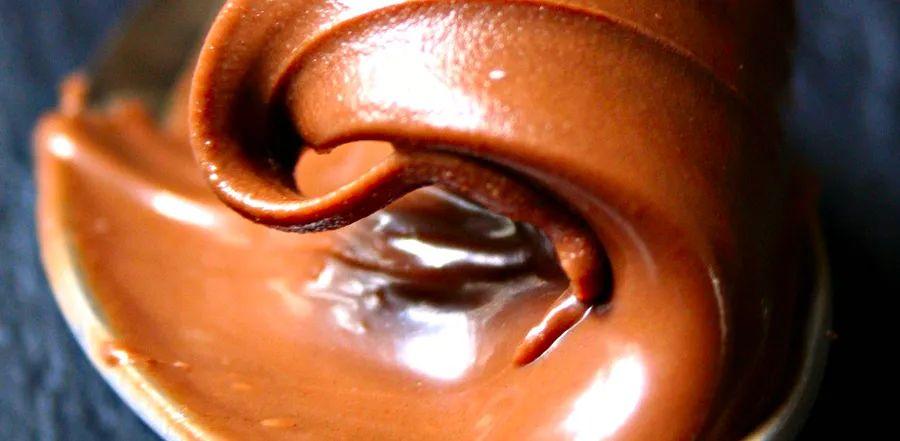What exactly is Nutella?

Nut butters like peanut butter and almond butter are probably a regular part of your kitchen, but have you tried the sweet, creamy indulgence of hazelnut spread to kickstart your morning? While peanut butter reigns supreme in America, Nutella has captured the hearts of Italians.
What is Nutella?
Nutella is a luscious hazelnut and chocolate spread, commonly enjoyed as a breakfast treat or dessert topping. It's a favorite spread on toast, a dollop on pancakes and waffles, or used as a rich filling for crepes.
Though many nut spreads are hailed as healthy due to their simple ingredients, Nutella doesn’t quite fit that mold. While it’s made with hazelnuts, they aren’t the primary ingredient. Unlike peanut butter or cashew butter, Nutella is mostly cocoa with a hefty amount of sugar added, making it more of a sweet treat than a health food.
Who Invented Nutella?
The creation of this iconic spread was a happy accident. Pietro Ferrero, a pastry chef from Piedmont, Italy, developed the recipe when there was a shortage of cocoa for his chocolate spread. To make up for the lack of cocoa, he blended in ground hazelnuts.
In 1946, Ferrero crafted Giandujot, a dense cocoa-hazelnut paste shaped into a loaf that could be sliced and spread on bread. Just five years later, the recipe evolved into a smooth, creamy spread called Super Crema.
Thirteen years after that, in 1964, Nutella made its official debut.
What Is Nutella Made Of?
Nutella has a irresistibly sweet taste, thanks to sugar being its main ingredient. Palm oil provides the creamy, spreadable consistency. What truly defines Nutella, though, is the perfect blend of hazelnuts and cocoa. According to the label, each jar contains about 13% hazelnuts.
In addition, you'll find skimmed milk powder and soy lecithin. Soy lecithin acts as both an emulsifier and a food additive, ensuring the ingredients stay perfectly blended while preserving its smooth, velvety texture.

Get the recipe: Nutella Cream Cheese Pound Cake
While Nutella is a popular breakfast spread, especially in Europe, it’s not the healthiest choice. The spread contains a considerable amount of sugar and oil. For instance, two tablespoons of Nutella pack 21 grams of sugar, 12 grams of fat, and 200 calories.
The Nutella available in the U.S. may taste sweeter compared to what’s sold in Europe, as the recipe is adjusted depending on the region.
How to Enjoy Nutella
Nutella’s versatility makes it easy to experiment with. In many European countries, it’s commonly enjoyed as a breakfast spread on toast. If you’re seeking an alternative to maple syrup for your pancakes or waffles, try spreading some hazelnut delight instead.
If you love PB&J or enjoy mixing peanut butter with sliced bananas for a sandwich, swap in Nutella for peanut butter for a fresh twist. A new lunchtime favorite awaits! The possibilities with Nutella are endless.

1

2

3

4

5
Evaluation :
5/5